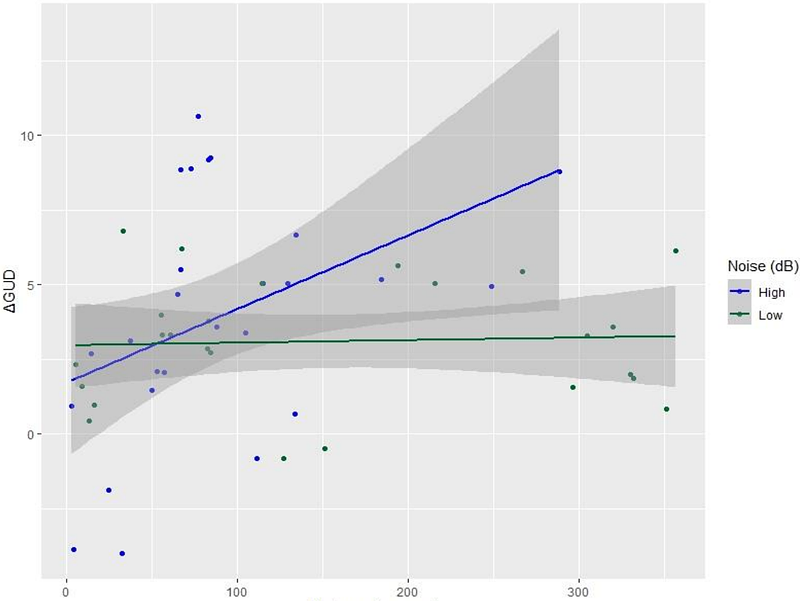The double-edged sword of urban life: Invasive grey squirrels perceive foraging as safer close to roads under noisier conditions, yet riskier when noise is inconsistent

The double-edged sword of urban life: Invasive grey squirrels perceive foraging as safer close to roads under noisier conditions, yet riskier when noise is inconsistent
Thompson, K. P.; Dall, S. R.
AbstractMortality risk influences decisions of foraging animals such that foraging and feeding behaviours are usually biased towards habitats where benefits of feeding outweigh risks. Human activity and associated disturbance are thought to be perceived as a source of risk analogous to predation risk in wildlife. As such, can alter behaviour and habitat use of foraging animals. Urban wildlife faces increased exposure to human disturbance, meaning that they may face an increase in perceived risk during food acquisition. Urban habitats also include novel and altered food resources that could result in urban wildlife having to face distinct trade-offs associated with foraging and patch use compared to rural counterparts. To examine how a relatively successful invasive urban mammal, the eastern grey squirrel, balances risk and safety under human disturbance, we measured giving-up densities (GUD) at artificial food patches placed at sites subject to varying levels of urbanisation to investigate how features associated with human disturbance might influence feeding decisions. We found that differences in GUDs between safe and risky patches were reduced closer to roads only under noisy conditions, suggesting that the risk of predation is perceived by squirrels as reduced when disturbance from human activities is highest. However, there was also a significant effect of the variability in noise levels on patterns of patch exploitation, with higher GUDs and larger GUD differences between safe and risky patches found under more variable noise levels, suggesting that squirrels might also find dynamic human disturbances startling or distracting while foraging.Synthesis: Our results show how human activities can have doubled-edged impacts on the urban landscape of fear through offering reduced risk from predators whilst increasing foraging costs via noise disturbance. Future research could consider how foraging decisions in urban wildlife vary according to food supply and disturbance levels, to shed further light on foraging trade-offs made by wildlife under increasing urbanisation levels.


